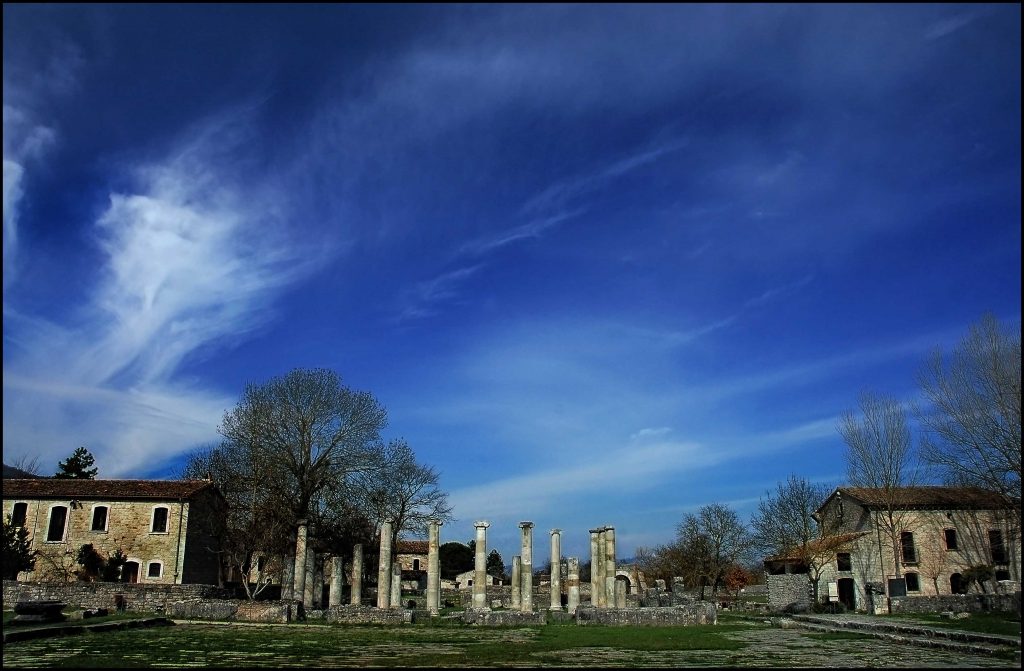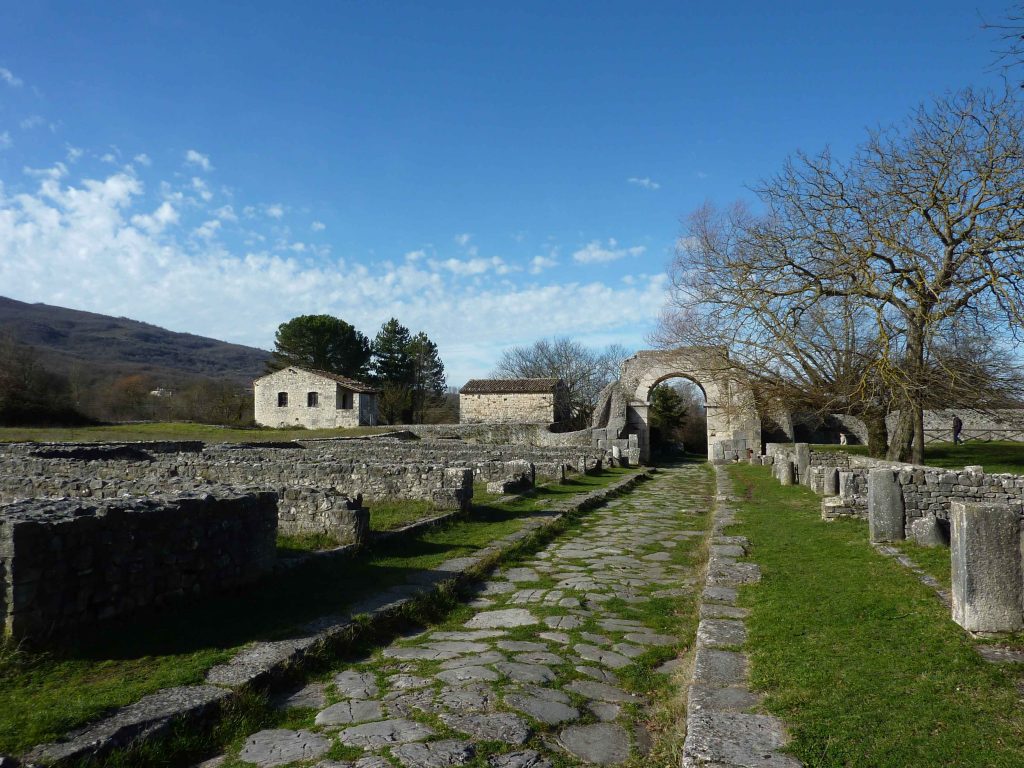In Sepino in the province of Campobasso there is an archaeological area from the Roman era that is really worth a visit. Il Molise can hold many surprises.

Sepino Roman city in Samnite territory
Located in the Matese plain and overlooking the Tammaro river valley, Saepinum is an ancient Roman city which has been found since the last century. During the countless excavation campaigns, the walls and various public areas of the ancient city have been brought to light in their entirety. Saepinum was located in an economic area of fundamental importance. Between the XNUMXth and XNUMXrd centuries this territory was a crossroads that connected the current Campania with the trade routes towards the Aegean.

An advantageous condition that favored the development of the whole Samnite territory in that period. The etymology of the name Saepinum (Sepino) would derive from "saepire ", namely close, enclose. Most likely it derives from the custom of gathering flocks in an enclosure, or again, being a place of passage, it refers to an ancient Italic “caravanserai”. After the first Roman invasion of 293 BC during the Third Samnite War, the first organized urban nucleus dates back to the XNUMXnd century, in the Augustan age.
Public buildings and architectural beauties
Saepinum presents the classic subdivision of the Roman cities, with cardo and decumanus, perpendicular to each other and four access doors. In the intersection of the road axes, there is the Forum. This has a quadrangular plan, surrounded by public buildings and with a paving of stone slabs. Among the buildings stand out the Basilica, which still retains twenty Ionic columns, the Capitolinum and the Curia.

Furthermore the Market is visible, which was placed behind the Basilica. The remains of one of the three are still visible spa present. The best preserved building, however, is the ,. The stage and the stone proscenium are still intact. And the cavea (tiers) that it could hold up to three thousand spectators. There are also remains of the vomitoria, (corridors) at the entrance which preserve stone decorations, columns and capitals. Adjacent to the theater houses, most likely from a later period. There was also a gym, built in the vicinity of the Forum.
A place to be discovered
There are also different types of flooring that emerged from the excavations. And in the southern part of the Forum there are several residential areas, a mill is recognizable. Remarkable the dimensions of the walls and the Grifo fountain is interesting, a stone stele with a decoration on the façade. A griffin, in fact, which is facing left, crouched on its hind legs, with its wings folded back. An inscription refers to a patrician Caius Ennius Marsus. An illustrious person, a soldier who made Sepino great and of whom outside the walls his Mausoleum is still visible.

A structure with another cylindrical stone drum. Saepinum maintained fame and importance until the XNUMXth-XNUMXth century AD following an earthquake that upset the balance of citizens and also the local economy. It had new vitality in the medieval period, as an agricultural center. But then, due to the succession of different dominations, its relevance was less. However it is a place worth visiting. It is not true that the "Molise does not exist"indeed, it preserves places and traditions that must be rediscovered and valued. Saepinum is certainly one of them.





